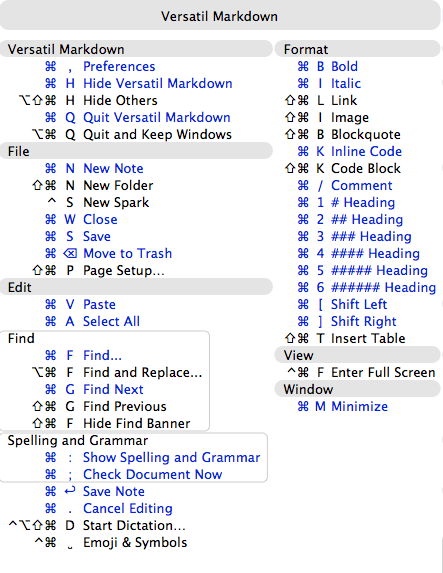

In our healthcare system prior to EHR conversion, free-text allergy data represented 6% of all entries. While coded allergens trigger alerts intended to protect patients, allergens entered as free-text will not trigger CDS which may be a hazard to patient safety ( Figure 1). 9 Allergens can be in a structured, coded data format (e.g., data generated from drop-down lists or checkboxes) or in an unstructured format, typically entered as free-text either alone or alternatively as a string of allergens and/or reactions. 7, 8Īllergy module entries may include drugs, food and environmental allergens. 5, 6 However, this level of allergy documentation can be challenging to accomplish given inadequate training in entering allergies and limited general allergy knowledge among prescribers.

Patient safety and allergy experts consider that, at a minimum, allergy entries should include allergen, reaction, reaction type, and severity. Despite the level of detail afforded by EHR allergy modules, current allergy documentation is poor: many allergies are missing reactions, fields beyond allergen and reaction are rarely completed, and reactions are often listed as “unknown.” 4 Commercial EHR vendors vary as to which data elements are included in their allergy modules. 3Īllergy module information standards can include multiple data elements describing an allergy (e.g., allergen, reaction, reaction type, date noted, severity, criticality). 1, 2 Documentation of reactions to medications, foods, and other potential healthcare exposures occurs in the EHR allergy module to inform future prescribing and prevent adverse events by triggering allergy alerts as part of clinical decision support (CDS). Accurate documentation of patient medical information in the electronic health record (EHR) is critical for patient safety in healthcare.


 0 kommentar(er)
0 kommentar(er)
